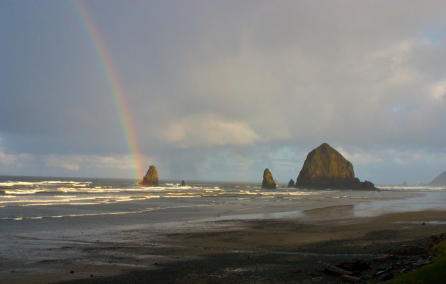
Author: Cathy Murphy

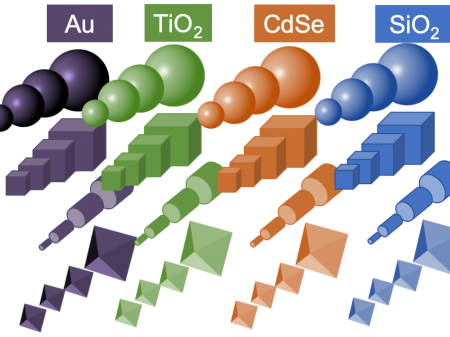
Celebrating the 150th Anniversary of the Periodic Table: Nano-Style!
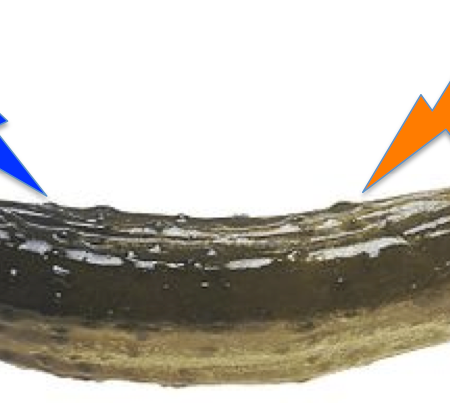
Electrocuting a Pickle: Demonstrating Major Concepts in Science

How can you calculate how many atoms are in a nanoparticle?

Nanotechnology and Climate Change: Finding Connections
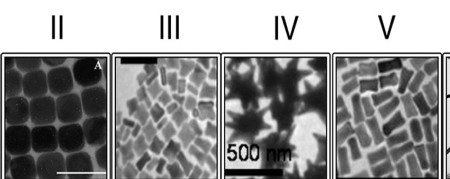
Gold Nanotechnology Featured on Academic Minute
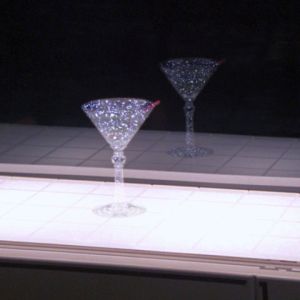
Nano in the Movies
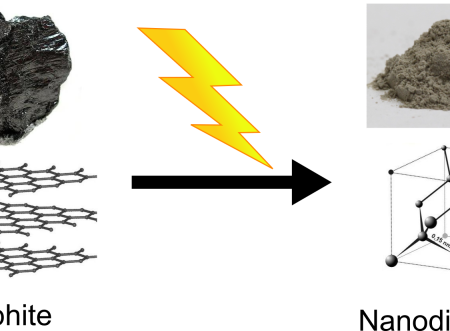
Two Ways to Make Nanoparticles

The Atomic Difference Between Diamonds and Graphite
